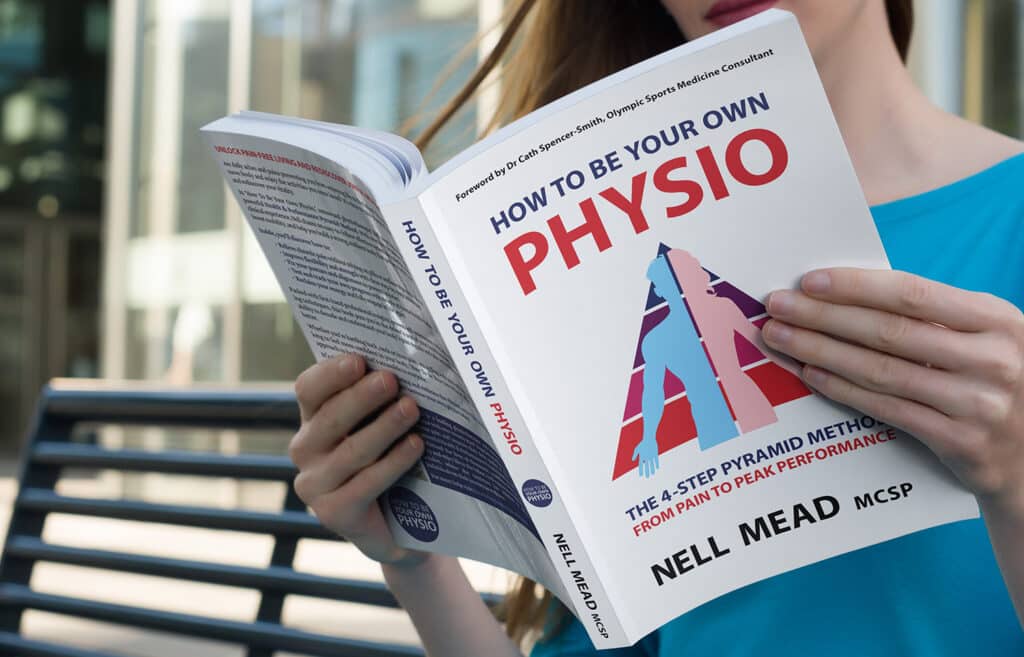Back in October, I started a series of blog posts detailing Sarah Key’s theory on back pain. I wrote about spinal anatomy and explained how the spine should work in a “normal” situation, and I followed that up by writing about the “stiff spinal segment” — the first of Sarah’s five stages of back pain. These posts — along with my companion pieces about Sarah’s exercises — the appeasing exercise and the back block — remain my most searched-for articles — so it’s time to continue the series! Last month I wrote about stage 2 (facet joint arthropathy) and now it’s time for stage 3: the acute locked back.
To understand the acute locked back, you need to understand the role of a small but important muscle, very close to the spine, called the multifidus.
If you were to strip everything else away from the spine — skin, fascia, fat, large muscles — you would see that the multifidus muscle looks a bit like a plait. A strand of multifidus connects each transverse process (the knobbles that protrude to each side of the vertebra at the back) with the spinous process (the knobble that protrudes backwards, and that can be seen through the skin) of the vertebra above. For each pair of vertebrae there is a strand of multifidus on the left, and a strand on the right.
As the multifidus passes over the facet joint, crucially, its fibres are continuous with the fibres at the back of the facet joint capsule. This is crucial because it means that the multifidus controls the movement of the facet joint capsule.
When you bend forward, towards touching your toes, the back of your facet joint opens up, and the back of the capsule stretches. As you return to an upright position, your multifidus should fire, pulling the capsule backwards and ensuring that it doesn’t get stuck in the closing jaws of the facet joint.
However, in a back that it sore, and especially in a back where there is one or more inflamed facet joints, the multifidus isn’t always as effective as it should be. And if this happens, there is a risk that the back of the capsule may get pinched, causing instant excruciating pain and muscle spasm.
This is the acute locked back, a horrible fluke incident that can leave you flat on your back for days, unable to move — and frequently misdiagnosed as a “slipped disc”.
The good news is that an acute locked back doesn’t signify as much damage as a true prolapsed disc. While excruciating for a few days, the pain will subside; and the “first-aid” exercise is the appeasing exercise, which you should be doing for two minutes every waking hour. But — it really is a strong sign that your back is unhappy, that your discs are dehydrated and your muscles inefficient — and if you don’t take heed of this, and take steps quickly to restore good spinal function, then you do run the risk of repeated episodes, and eventually a full-on prolapse.
Read more about back pain treatment.
Do these symptoms sound familiar? Have you had an acute locked back? If you have, please don’t risk another, potentially worse episode — give us a call on 0207 175 0150 to book your physiotherapy assessment now.







